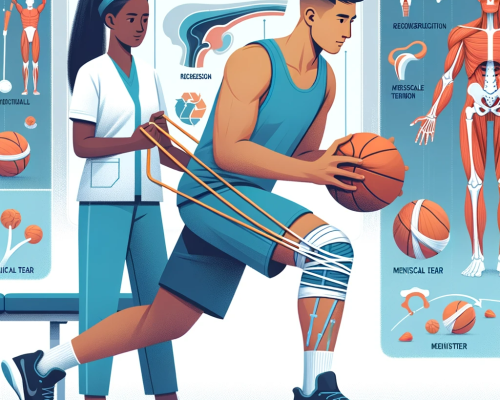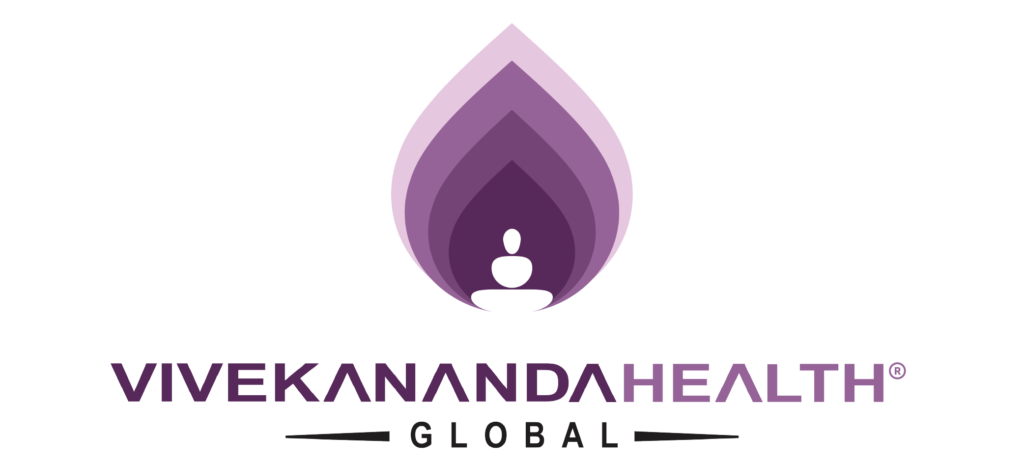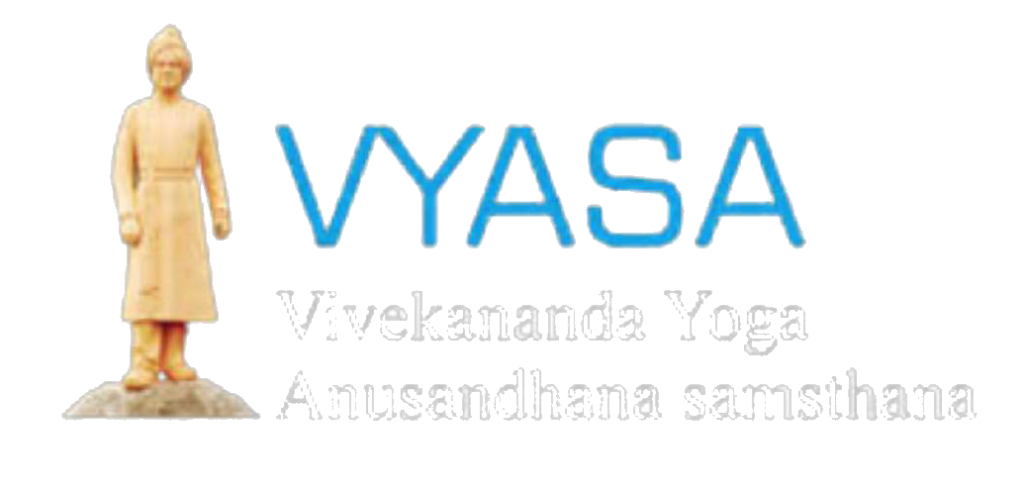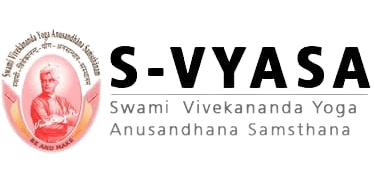Integrative Sports Medicine and Rehabilitation
“Let’s include in the harmony of nature, uniting the mind & body, thought & actions. It’s a reminder for all of us to include yoga in our everyday routine & involve the younger generations too for a holistic approach to health & well-being.”
->Suresh Raina – Indian Cricketer (2005-2018)- 2011 World Cup Winner
In the realm of sports, every athlete is a marvel, a unique blend of grit, grace and unyielding ambition. Yet, the road to glory is often speckled with hurdles, some seen, others felt. Injuries, both of the body and mind, are the unseen foes in an athlete’s quest.
However, as we step into a new era of healing, the horizon is bright with promise. Integrative sports medicine and rehabilitation herald a future where healing is a harmonious blend of science and soul. It’s not merely about mending bones, but about understanding the symphony that is our body and mind.

Sports injuries are a part of the game, but they should not define you. With the right treatment and rehabilitation, you can come back stronger than ever. It is important to remember that sports injuries are not a failure on your part. They are simply a setback that you need to overcome.
The essence of sports rehab, which is to help athletes recover from injuries and return to their sport at the highest level. But sports rehab is more than just getting back to where you were before the injury. It is also about improving your performance and reducing your risk of re-injury.
A scientifically backed approach to integrative sports medicine and rehabilitation is the future of robust injury prevention protocols and effective rehabilitation or efficient and well-rounded return-to-play. We value the interconnectedness of the body and mind and aim at a holistic recovery process.
The holistic approach considers the individual as a whole, targeting not only physical injuries but also mental and emotional well-being. Integrative sports medicine shows great potential in enhancing recovery, improving performance, and promoting overall health and wellness in athletes. It provides an exciting avenue for athletes and sports enthusiasts looking for personalised and comprehensive care that goes beyond the scope of conventional sports rehabilitation.
The power of sports rehab and physical therapy to help athletes recover from injuries and return to their sport at the highest level. It also highlights the fact that sports rehab and physical therapy is not just about getting back to where you were before the injury. It is about becoming a better athlete overall.
Stand-out points:
- Personalised sport-specific injury prevention protocols
- Comprehensive rehabilitation strategies
- Intervention by a Doctor –
a) With a specialisation in sports medicine and sports science with a background in yoga and naturopathic medicine
b) Follow-up and regular intervention by trained physicians - Associations with sports academies as an integrative medicine consultant
- Complemented by research – specialises in establishing scientifically backed sports injury preventive and sports rehabilitation modalities
- Personalised care
- Mind-body connect
- Reduced dependency on medication
- Patient Satisfaction
Treatment Modalities:
- Yoga
- Ayurveda
- Acupuncture
- Naturopathy
- Physiotherapy
Conditions Catered:
- Sprains
- Strains
- Shin splints
- Stress injuries or fractures
- Minor dislocations and subluxations
- Tendinopathies
- Bursitis
- Plantar fasciitis
- Groin strains
- Tennis elbow/golfers elbow
- Other post-operative rehabilitation
- Stress, anxiety
- Pre-game anxiety
- Other inflammatory conditions

Case study – Integrative Post-operative management of ACL reconstruction + partial meniscal tear
The anterior cruciate ligament is one of the most susceptible structures to sports injury. Injury rates are higher in sports like soccer and basketball where there is frequent need for cutting movements or sudden change in directions. And also these sports tend to be high-impact and dynamic, and there are high chances of external factors or forces that mitigate the occurrence of injury. The meniscus gets torn too in a majority of the cases. The involvement of meniscus injury prolongs the rehabilitation process as it receives a sparse supply of blood. The method of surgical intervention and the rehabilitation process are vital to prevent injury recurrence and arthritic conditions in the long term.
Case Study –
A 26 year old male basketball player reached out to us seeking expert guidance for his post-operative rehabilitation after his ACL reconstruction with hamstring tendon autograft and a repair of a partial meniscal tear to his right knee.
Treatment
During the first month of the non-weight bearing phase, we empowered him with certain special techniques in yoga to help manage his pain, improve sleep quality and ensured that he had a positive perspective towards the whole rehabilitation process and also ensured that he had activation of his muscles to reduce the muscle wastage.
Gradually through his partial weight-bearing and complete weight-bearing phases, we emphasized regaining joint proprioception and training his lower limb for proper kinematic loading ensuring an ideal gait pattern adhering to the efficient biomechanical training.
Until the 17th week of his rehabilitation, we worked closely with his coach and parents to ensure his efficient return to sports giving equal importance to his psychological needs and preventing injury recurrence.
His whole rehabilitation process was more efficient and effective comparatively in lesser duration with his well balanced perspective throughout the process and orderly management of his work-life balance too.

Why is training oneself essential for people who play regular sports?
Injuries can happen to anyone participating in sports. It is important to emphasize injury prevention which will help reduce potential harm and promote healthy sporting.
Recreational athletes too should consider seeking help from professionals to focus on proper training methodologies and effective preventive protocols to refrain from potential injuries and to help keep the joy in the game. The benefits of sports rehab and physical therapy for athletes of all levels. It suggests that sports rehab and physical therapy can help athletes improve their performance, reduce their risk of injury, and prolong their careers.
Lack of proper warm up, conditioning, overuse or weekend warrior syndrome, inadequate knowledge of sports injury prevention, and limited recovery time, to name a few are the causes of injuries in recreational athletes. These injuries will hamper the game form and efficiency and also induce inhibitions in day-to-day activities. Involvement in sports rather than helping with health and well-being, becomes a hindrance or an injury risk factor.
Lack of proper warm-up – There are high chances of negligence towards warm-up routines and body conditioning. These routines essentially initiate the adaptation of the physical body to carry on with the sporting activities. Slacking in following proper warm-up and conditioning routines will predispose an individual to injuries.
Overuse or weekend warrior syndrome – Indulging in aggressive physical activities over the weekends followed by inactivity throughout the week will increase the risk of injuries as the musculoskeletal system is overloaded. This also predisposes the joints to overuse/misuse as there is a lack of proper knowledge towards recovery and cooling down techniques.
Sports injury prevention – Recreational athletes might not be aware of proper sport specific injury preventive protocols or the awareness about required strength training which make them more prone to injuries,
Get in touch with us +91 9591336226(you can Whatsapp too)



